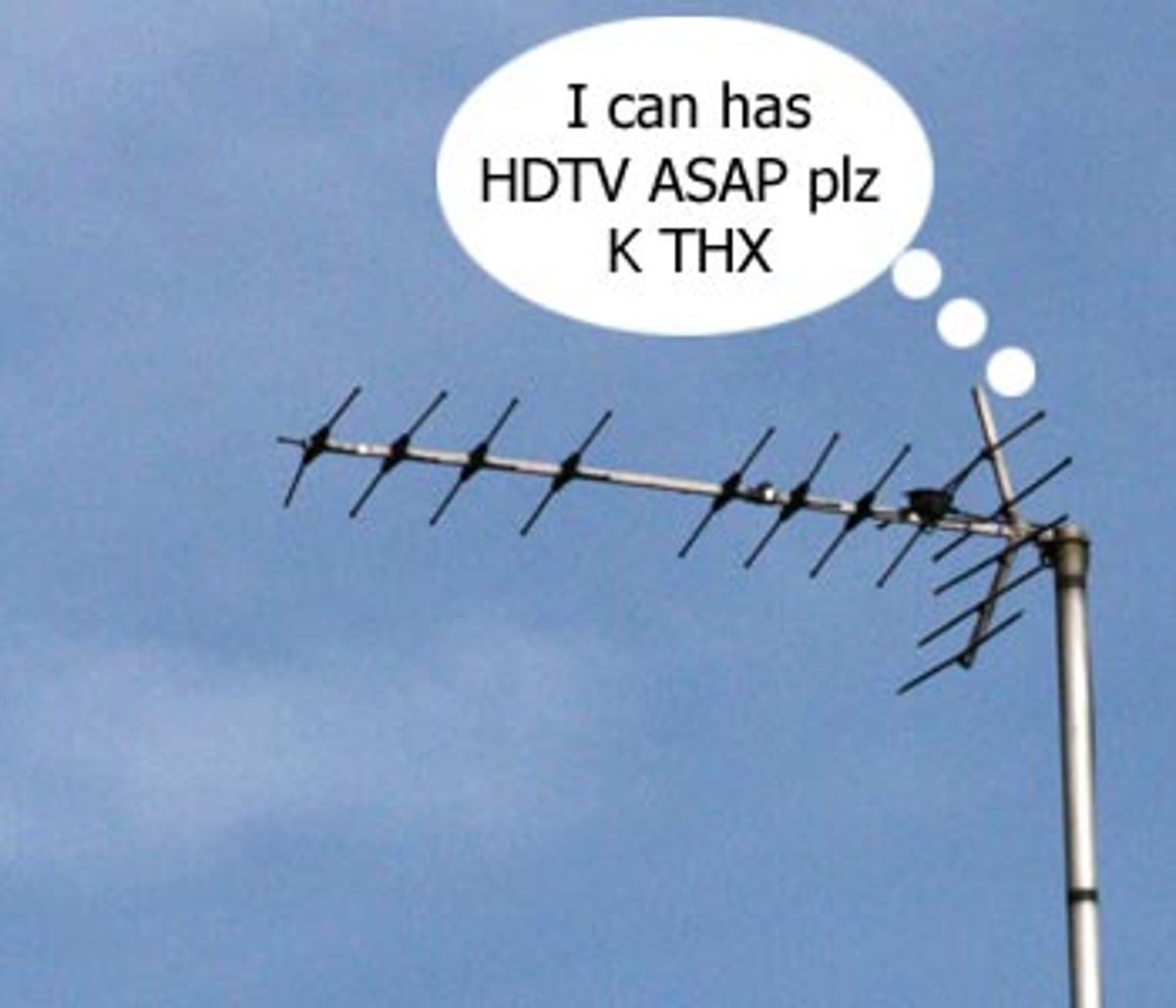
We’ve waited for ages, and now it seems that Ofcom has decided to allow high-definition channels to join the Freeview line-up, possibly from as early as next year. Except there are a number of catches that mean getting HD over the air won’t be as simple as it first seems.
Will I need new equipment?
Yes, you will. This is unavoidable, because in order to make cheap Freeview receivers, companies haven’t included any potential for their set-top boxes to decode HD video, which is much more complex than standard definition. In addition to that, HD on Freeview will use the MPEG-4 format instead of the MPEG-2 used in existing digital broadcasts.
The good news is that a new decoder will be able to cope with the existing channels as well as new HD ones, and shouldn’t cost more than £100. Some new TVs already have hardware built-in that will enable them to decode HD video: Sony and Loewe both have TVs that could do this, at least in theory.
How many channels will there be?
Initial reports indicate that there will be four available slots on one multiplex. One of these will be gifted to the BBC and the other three will be available to the highest bidder, because Ofcom can’t resist filling the government coffers at every possible opportunity. It seems likely that Channel 4 will bid for one, because it already has an HD channel running.
ITV and Five are less likely to be interested to start with, but Five has a large portfolio of acquired HD content (US shows such as CSI and NCIS, and soaps such as Neighbours and Home and Away are all shot in HD) so it might consider a bid worthwhile. Of course, because the channels will go to the highest bidder, we could just get ‘QVC HD’ instead.
Where is the capacity for these new channels coming from?
The capacity will come from space saved by a change in the way signals are transmitted. When analogue is switched off, digital will be less prone to picture breakup, because the transmission power can be increased without damaging analogue. Currently, the BBC uses a transmission system called 16 QAM to prevent picture problems, and a switch from 16 QAM to 64 QAM will increase the available bandwidth from 18.1Mbps to 24.13Mbps. Switching from DVB-T to DVB-T2 and using statistical multiplexing could increase the bandwidth of the HD multiplex to 30Mbps, which would allow around 7Mbps per channel.
It appears that Ofcom is not planning to use the BBC R&D’s MIMO transmission system (although it might do in the future). This seems especially ridiculous considering the BBC’s tests indicated you could pretty much double the capacity using MIMO.
Four HD channels isn’t very many, won’t I get more on Sky?
Yes, indeed you will. Sky has been at the forefront of HD development in the UK, because Ofcom decided a long time ago that what we really need on Freeview is shopping channels, instead of HD content and high-quality entertainment. Fortunately, if you don’t want to subscribe to Sky, the BBC and ITV are introducing freesat, a way for people to watch HD for free via satellite, with none of Freeview’s capacity problems. Freesat is due to launch quite soon — indeed, some reports suggest next month.
Is there a way to get more channels in HD via Freeview?There is. What you’ll notice from the Ofcom proposal is that it isn’t planning on reusing the spectrum that currently houses analogue TV. These frequencies are currently earmarked for sale to the highest bidder. What that means is that instead of HDTV we’re probably going to get mobile TV and other phone-related services despite the lack of any discernible interest from the public in mobile TV or video calling.
If Ofcom allowed the analogue channel space to be used for digital, we could have around 14 more HD channels. Perhaps it’s time we wrote to our MPs about Ofcom. -Ian Morris
Update: The BBC has contacted us to explain the situation regarding MIMO. It has pointed out you would need a new aerial to receive signals using MIMO technology, which rules out the system for the time being.




